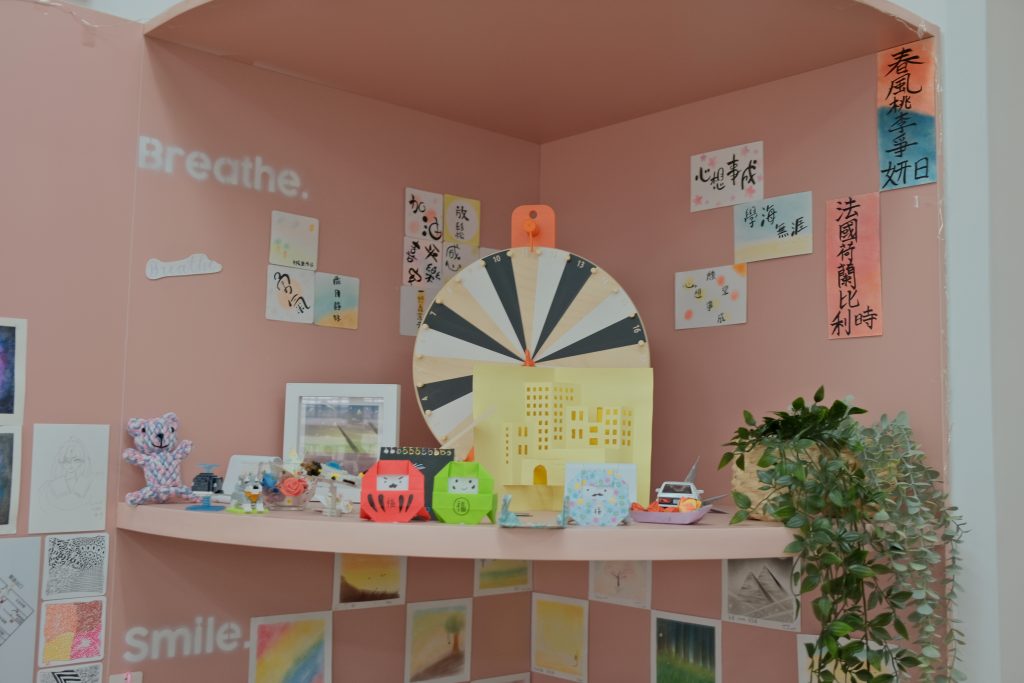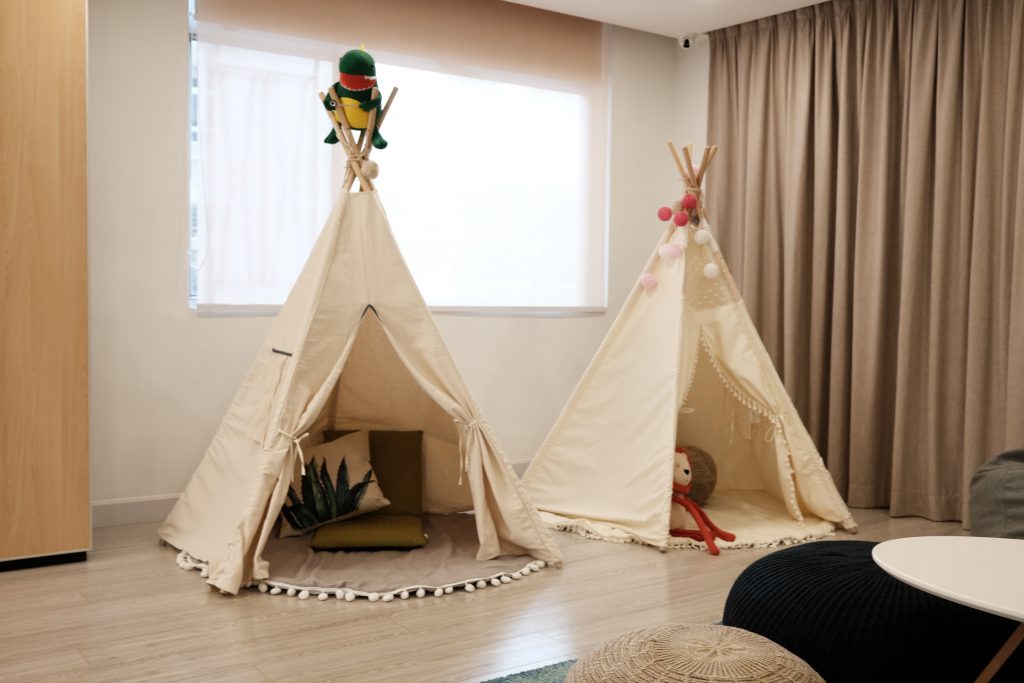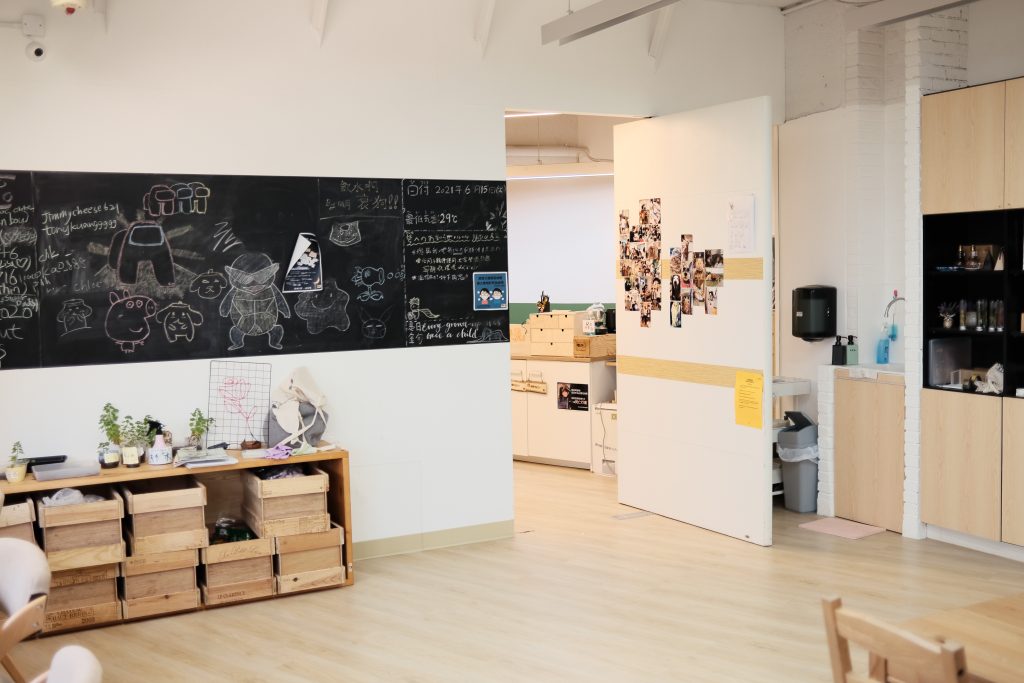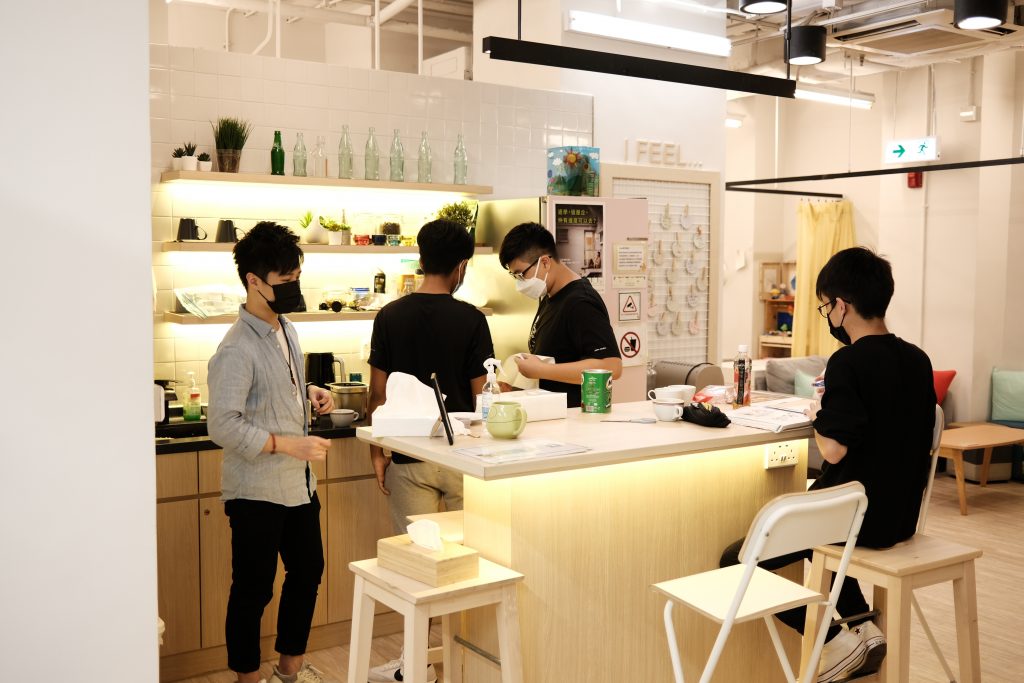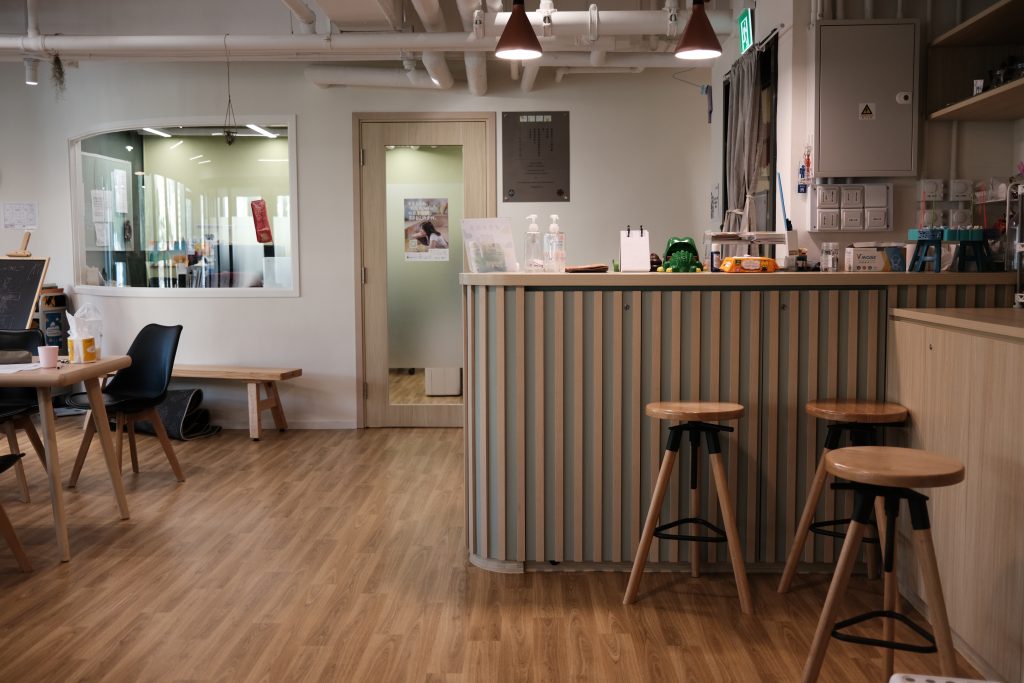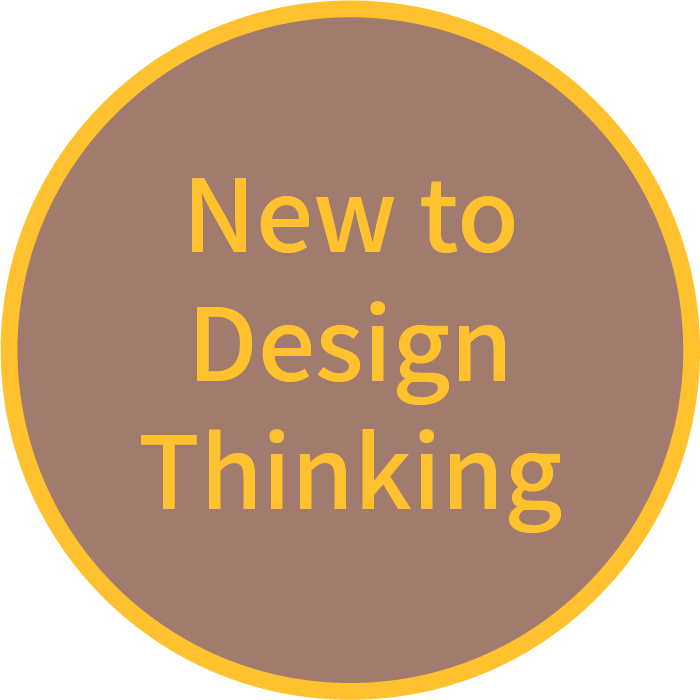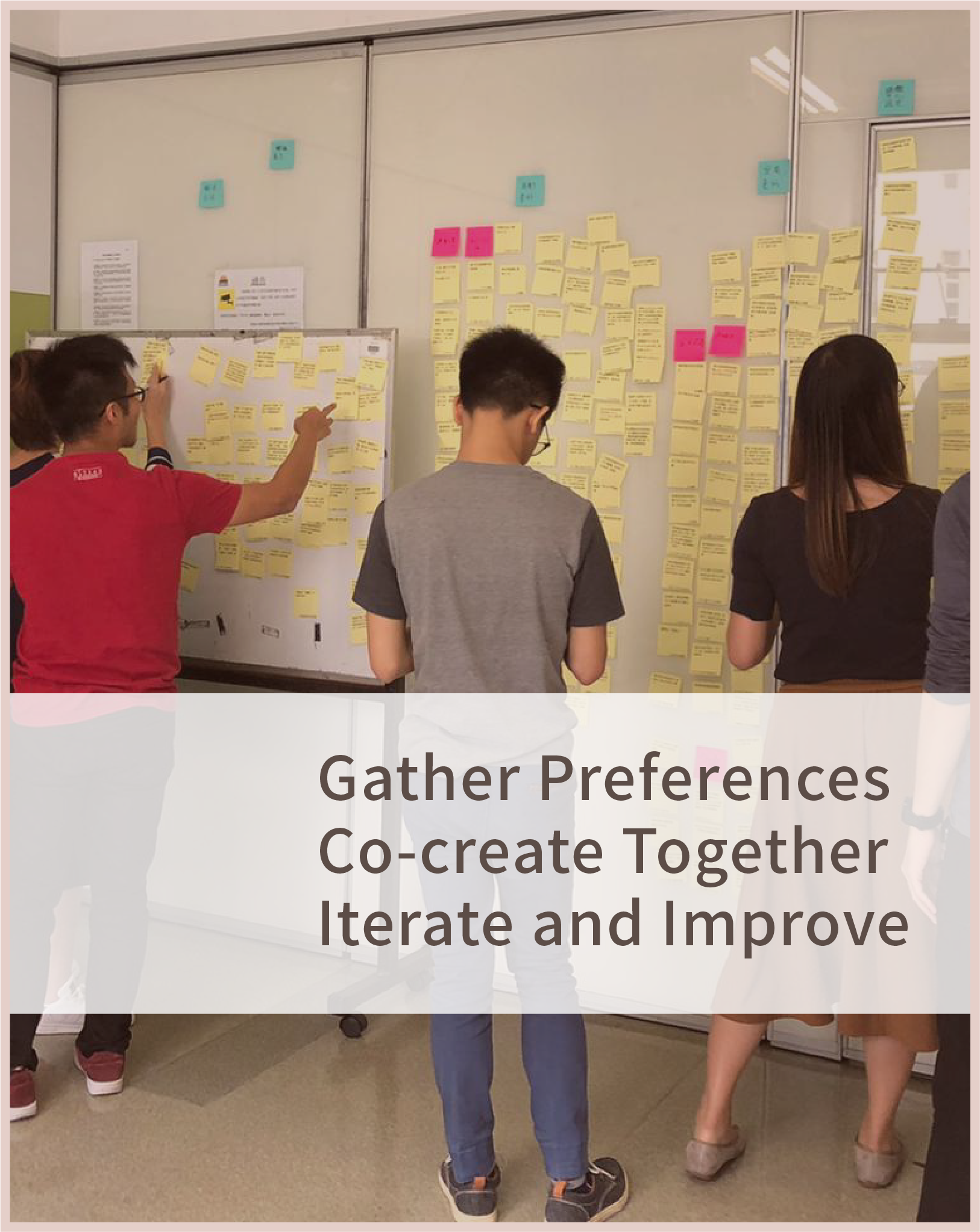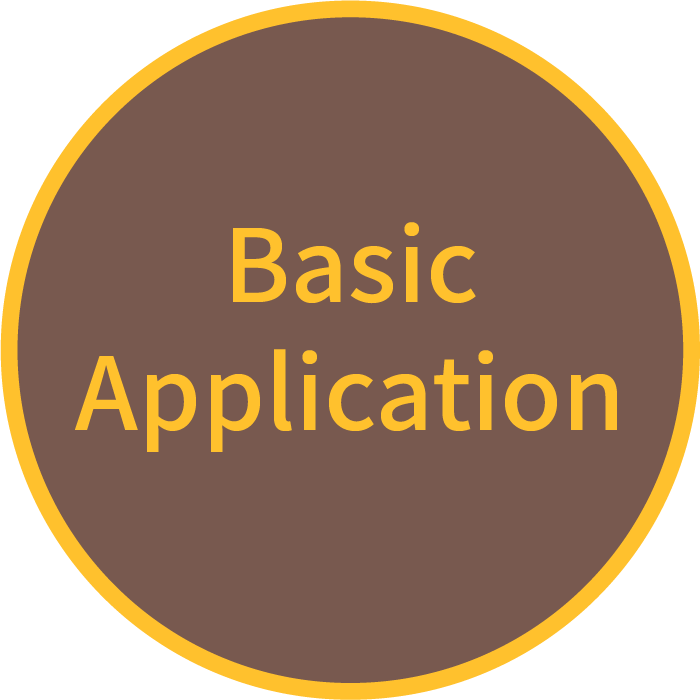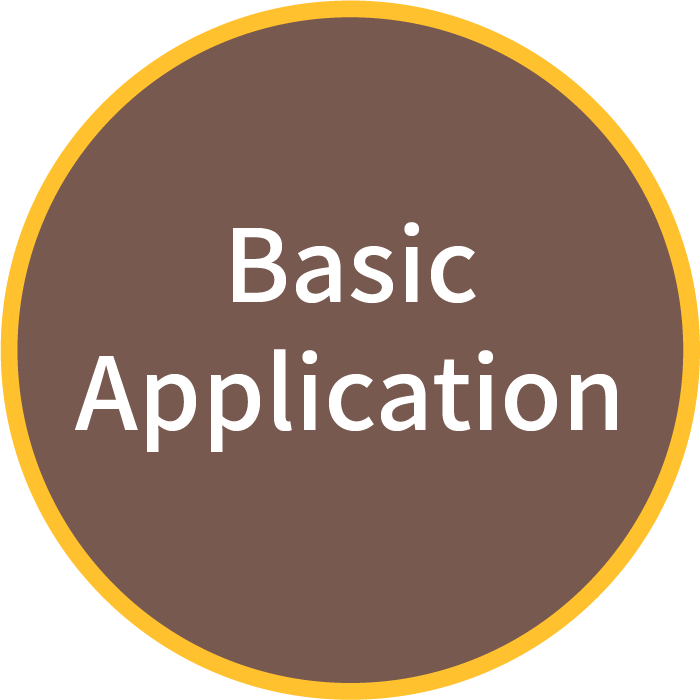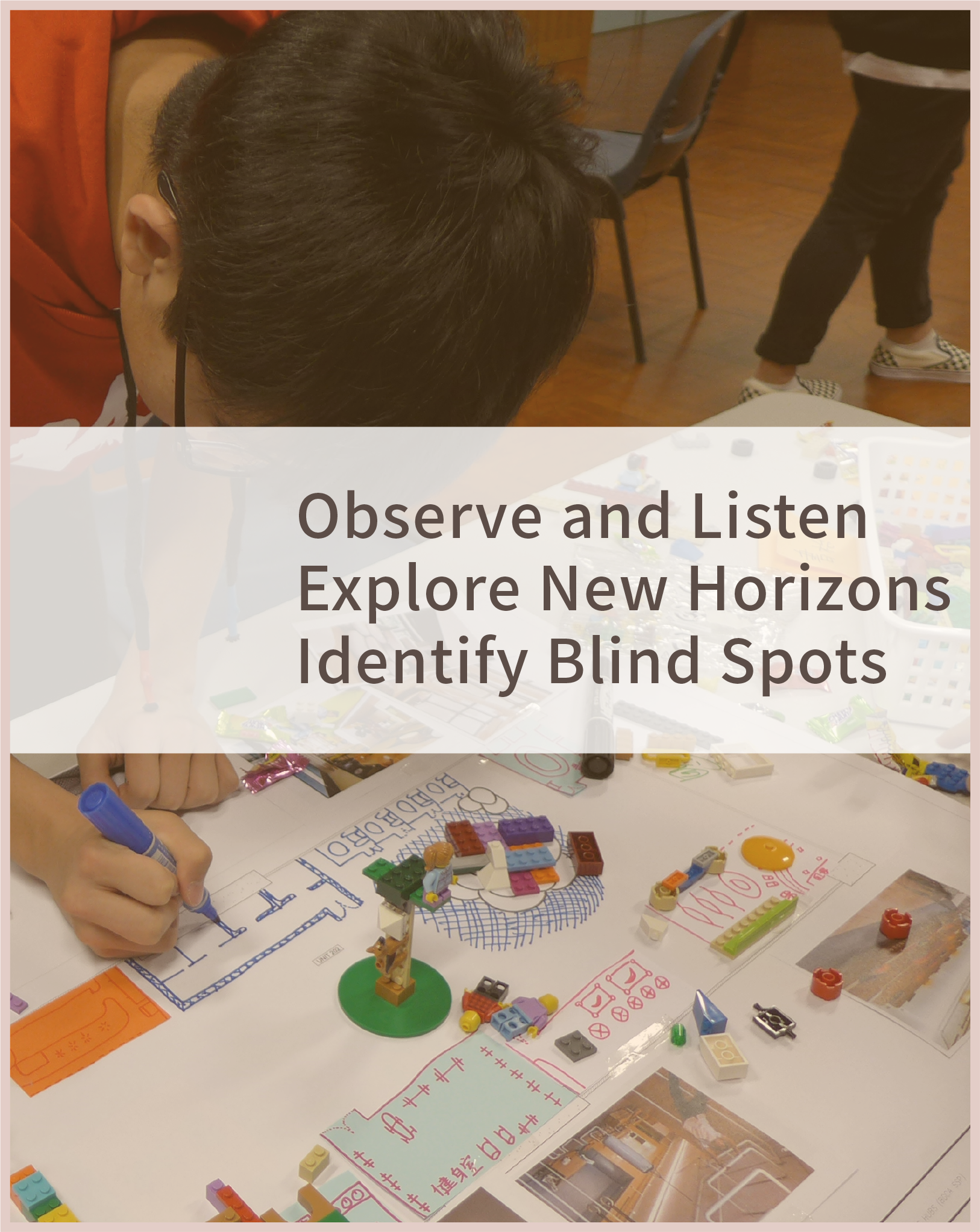Experience Sharing

think that hub provides a friendly and non-stigmatizing environment to teens
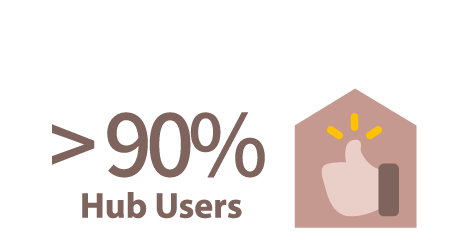
are satisfied with the hub interior design and facilities, as well as service provided.
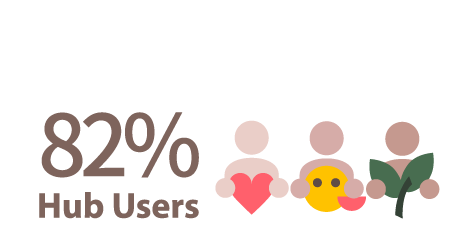
think that their mental health has improved after joining LevelMind@JC project.
Case Studies
Design Thinking Methodology
Design Thinking is a systematic approach for creative problem solving.
By making use of designers’ tools to innovate and EMPATHY to gain a deep understanding of users’ needs, we can create HUMAN-CENTRIC spaces and services.

Design Thinking Explained
In a nutshell, Design Thinking is a human-centric approach to solving problems creatively.
Design Thinking helps us solve daily problems and address underlying needs. It consists of a set of frameworks and toolkits that are backed by theories and are easy to follow.
Design Thinking Framework: Double Diamond Model
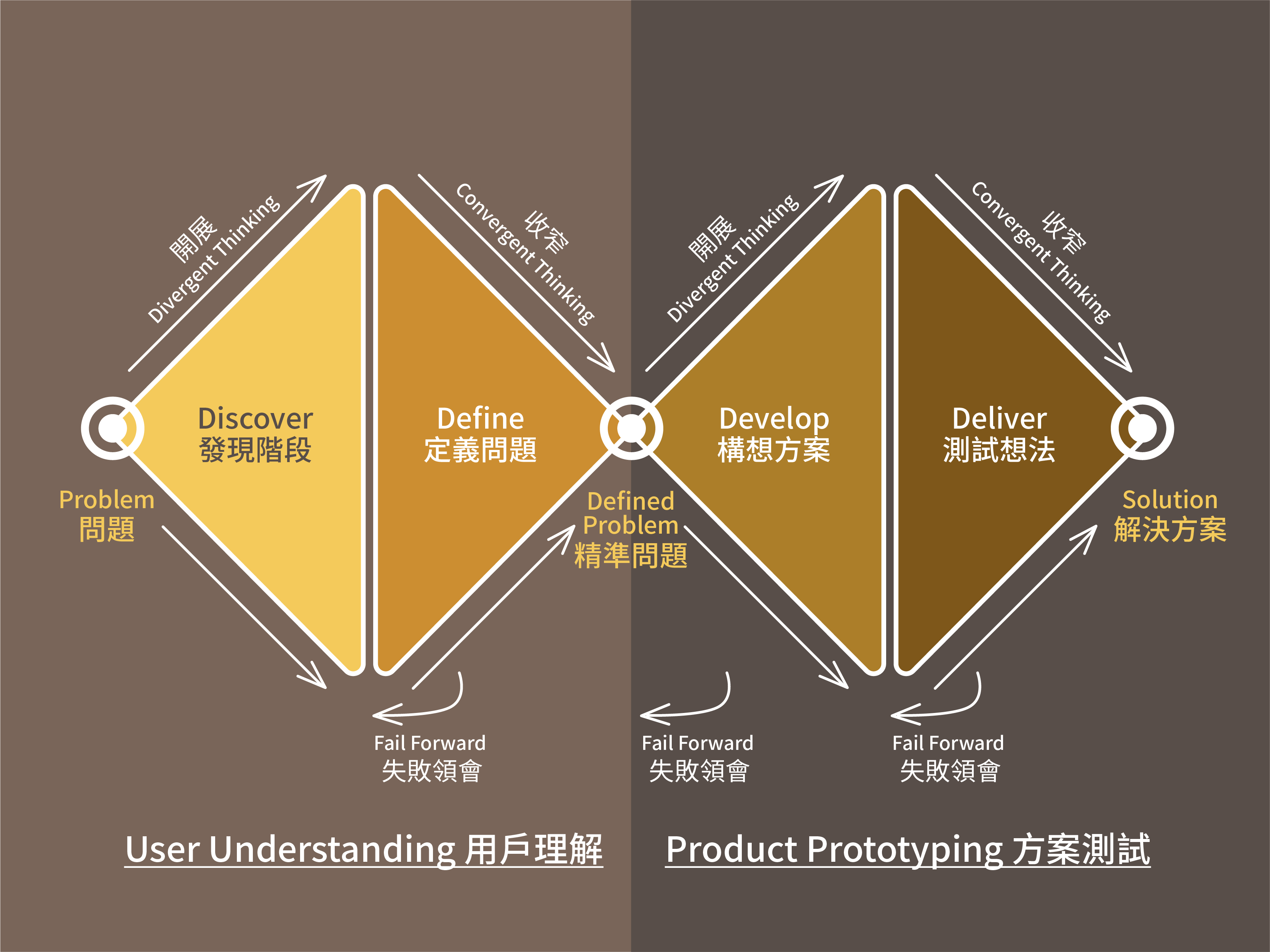
There are several Design Thinking models. Despite their differences, they share similar concepts. We follow the Double Diamond Model introduced by the Design Council in the United Kingdom, one of the most popular models in the world. There are four stages in this Design Thinking journey.
The four stages are displayed in two diamond shapes, each symbolising a separate process of exploration and consolidation. The first process defines the problem statement accurately, while the second generates the different ideasto solve the problem.
This is also known as the “4D Model”, as suggested by the initials of the four stages, namely, Discover, Define, Develop and Deliver.
Step 1: Discover the Problem (Diverge)
When we notice a problem or an unsatisfied need, we are always seeing just the tip of the iceberg. We should first explore and understand more about the problem in an empathetic way. Putting aside assumptions while collecting necessary information enables us to put ourselves in the user’s shoes. As we identify the issue, then the deeper we dig, the more accurately we can define the problem.
Step 2: Define the problem (Converge)
After gathering the relevant information, it’s essential to process and consolidate the materials to come up with a “Defined Problem”. A well-defined problem allows us to ideate a wide variety of possible solutions. It also ensures that the solution effectively addresses users’ needs.
Step 3: Develop the Idea(s) (Diverge)
Now it’s time to brainstorm ideas wildly. Be open-minded about exploring different possibilities, and set aside any concerns about feasibility at this stage. We need a handful of creative ideas to proceed to the next stage of idea selection and testing.
Step 4: Deliver the Service(s) (Converge)
This step is another convergent stage – we screen the ideas and narrow them down to a few suitable ones. We need to identify what the ideas share in common and integrate them into a modified solution. We can then conduct testing to validate the effectiveness of the solution, and go on to continuously fix and improve it.
However, Design Thinking is not a linear process. It is iterative. We will encounter obstacles and failures, but we can continuously improve and “Fail Forward”. Going back and forth between different steps refines the solutions even better.
Design Thinking is not:
- “Designers Only” – Everyone can be a Design Thinker, as it’s a set of problem-solving skills. We do not need to be artistic or good at drawing to use it. Design Thinking allows individuals, project teams and users to utilise their creativity and turn good ideas into reality.
- For making a flashy design – We “design” in order to solve problems and address unmet demands. So be sure to stick to the problem and keep empathising to derive an effective solution. Design Thinking is about visualising good ideas.
- Don’t just “listen” to opinions – Design Thinking is an excellent way to understand our users, but it is more than just a tool for collecting opinions. By responding to our users’ needs, we can create powerful designs to solve their problems. The project team needs to have in-depth understanding of the end users.
- It is not for correcting mistakes – If you wish to apply Design Thinking to amending an existing design, you may not get very far. It’s an experiential journey that requires you to reconsider your design and users’ experiences from the top. After all, Design Thinking focuses on handling the key user problem(s).
Different Levels of Design Thinking Application
So you vaguely recall the term ‘Design Thinking’ but are unsure of your level of understanding?
Take a look at the charts below and see which stage you are at at the moment– what kind of information will you need to advance your understanding? What else can you do to get to the next level?
Design Thinking Level 0: New to Design Thinking
I focus on… |
Own expertiseI prefer to focus on my own expertise and knowledge, but I seldom analyze problems and solutions from multiple perspectives. |
Project being solely led and completed by the teamI generally collect quantitative data to support the team’s hypothesis |
|
I am used to.. |
Focus on executionI put emphasis on the Key Performance Index (KPI) and look for immediate solutions when problems arise |
Minimum users’ involvement and engagementMy solutions are created based on secondary sources within a short period of time, but they may not be able to respond to users’ needs. |
|
Suggestion |
Small attempts on Design ThinkingTry to understand what Design Thinking is and try some of the simple steps, such as connecting with real users and collecting feedback from them. |
Design Thinking Level 1:
Basic Application
I focus on… |
Being human-centricI understand the problem with multiple perspectives and try collect stakeholders’ feedback |
Welcome users’ (youths’) participationI recognize the importance of users’ engagement throughout the innovation process and am willing to co-create with them. |
|
Accepting feedback to constantly improve my solution(s)I understand that Design Thinking is an iterative process and it helps me to generate effective solution(s). |
|
I am used to.. |
Connecting with and collecting ideas from users, but seldom consolidate the dataDespite my effort in collecting users’ opinions, I may not be able to consolidate and conclude data into the direction(s) of innovation. |
Being confused about the project direction after data collectionVarious ideas developed but indecisive for the final decision due to practical concerns and changing circumstances, probably due to the lack of understanding for the underlying user needs |
|
Suggestion |
Understand the underlying reasons and needs behind users’ opinionsInstead of learning about the initial thoughts of the users (youths), try to dwell into the underlying reasons and needs by asking ‘why’. |
Design Thinking Level 2: Intermediate Application
I focus on… |
Empathizing with my users and discovering their underlying needsI can put myself in my users’ (youths’) shoes and understand their hidden needs. |
Discovering the existing service gap accuratelyBroaden the team’s horizon and bring up new possibilities |
|
Bridging the gap by identifying and providing demanded services that are not yet availableInspire the team with other organization’s case studies |
|
I am used to… |
Consciously scrutinizing the real needs of usersAsking ‘why’ to confirm users’ hidden and underlying needs, but sometimes struggle to prioritize different needs. |
Improving my solutions based on real-life discovery and test resultsObserve the users and validate my hypothesis with real-life evidence so that I can improve the previous solution(s). |
|
Sharing successful case studies to stimulate my teamFacilitate my team’s imagination with various case studies and analyze their model(s) of success. |
|
Suggestion |
Cultivate a culture of innovation within the team by building a common language and methodologies for continuous innovation! |
Design Thinking Level 3: Advanced Application
I focus on… |
Establishing a Common LanguageEstablish a common language and open environment for innovation within the team |
Focusing on the major needs of the center and the youths’Discover users’ (youths’) hidden needs while acknowledging my center’s core values. Define accurate users’ problems and ideate user-centric solutions accordingly. |
|
Maintaining a critical yet constructive mindsetI am able to give critical and constructive ideas during the ideation process. |
|
I am used to… |
Applying Design Thinking flexiblyHave a full picture of the Design Thinking innovation process and am capable of making suggestions in the team’s application at different stages. |
Discovering and defining users’ needs accuratelyGrasp the target users’ (youths’) needs and generate constructive ideas accordingly. |
|
Combining ideas into a better solutionsIntegrate the ideas feedback from different stakeholders, then combine them into better solution(s). |
|
Suggestion |
Consolidate your model and experience of success for others’ references! |
Application
The Design Thinking process to create youth spaces is divided into 7 steps:
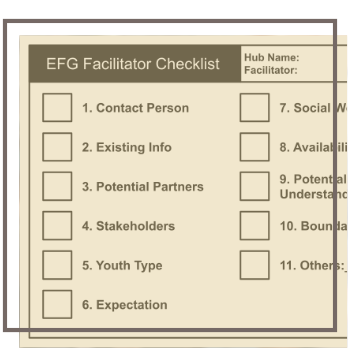
1/ Plan

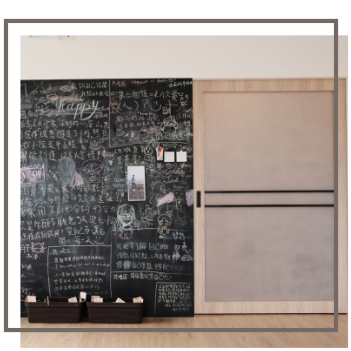
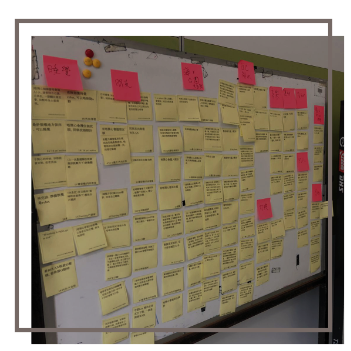

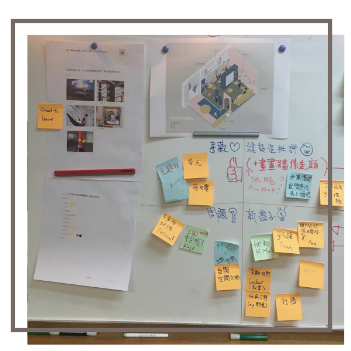

“Behind the Hubs” of LevelMind@JC
“Behind the Hubs” is a platform for sharing resources on Design Thinking. It integrates and consolidates successful stories of LevelMind@JC hub design into case study, introduction of Design Thinking tools, and application of Design Thinking. This platform hopes to encourage more methodical design in creating human centric designated spaces.
Click here for more information of LevelMind@JC.
Reach out to Education for Good for more on Design Thinking.




